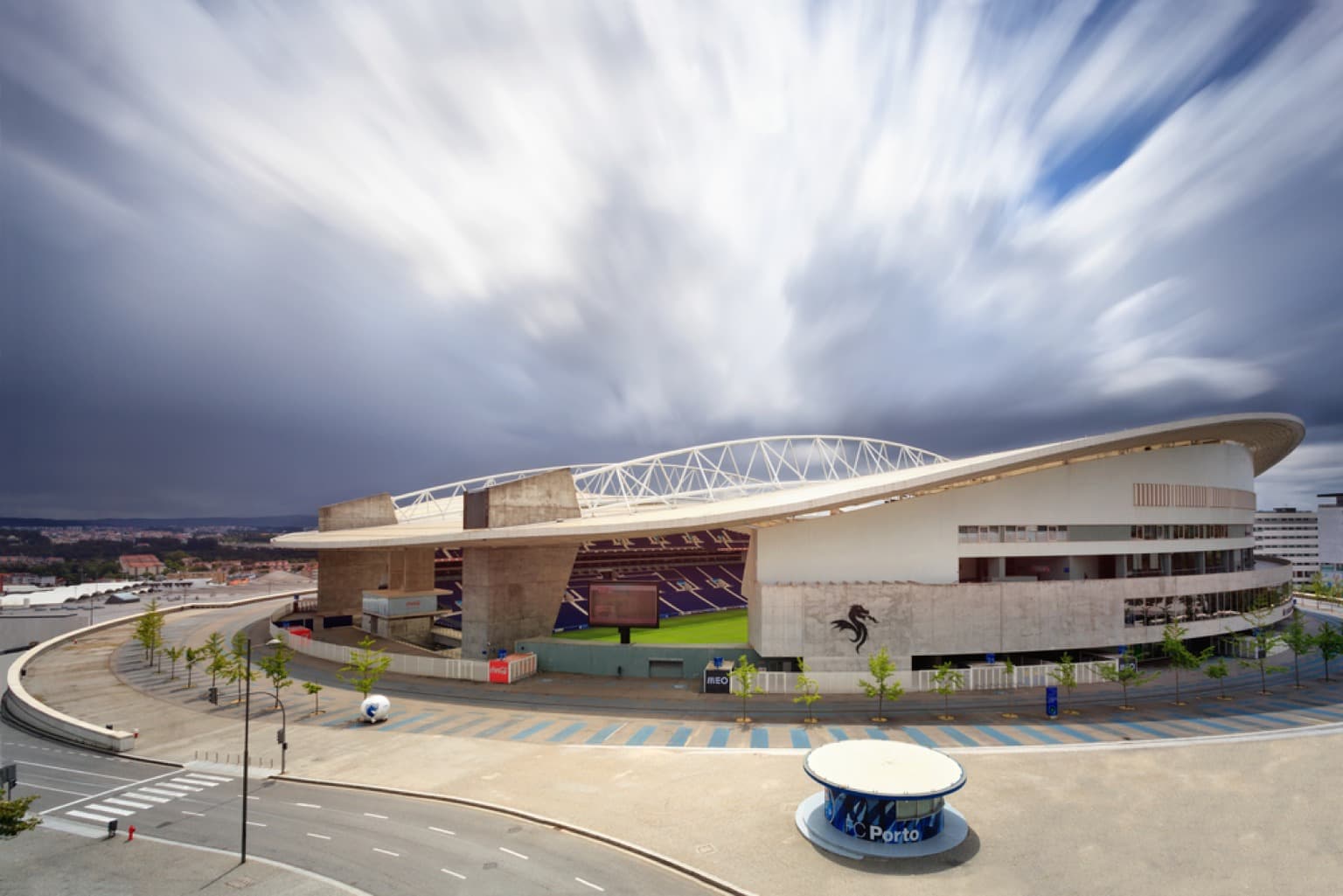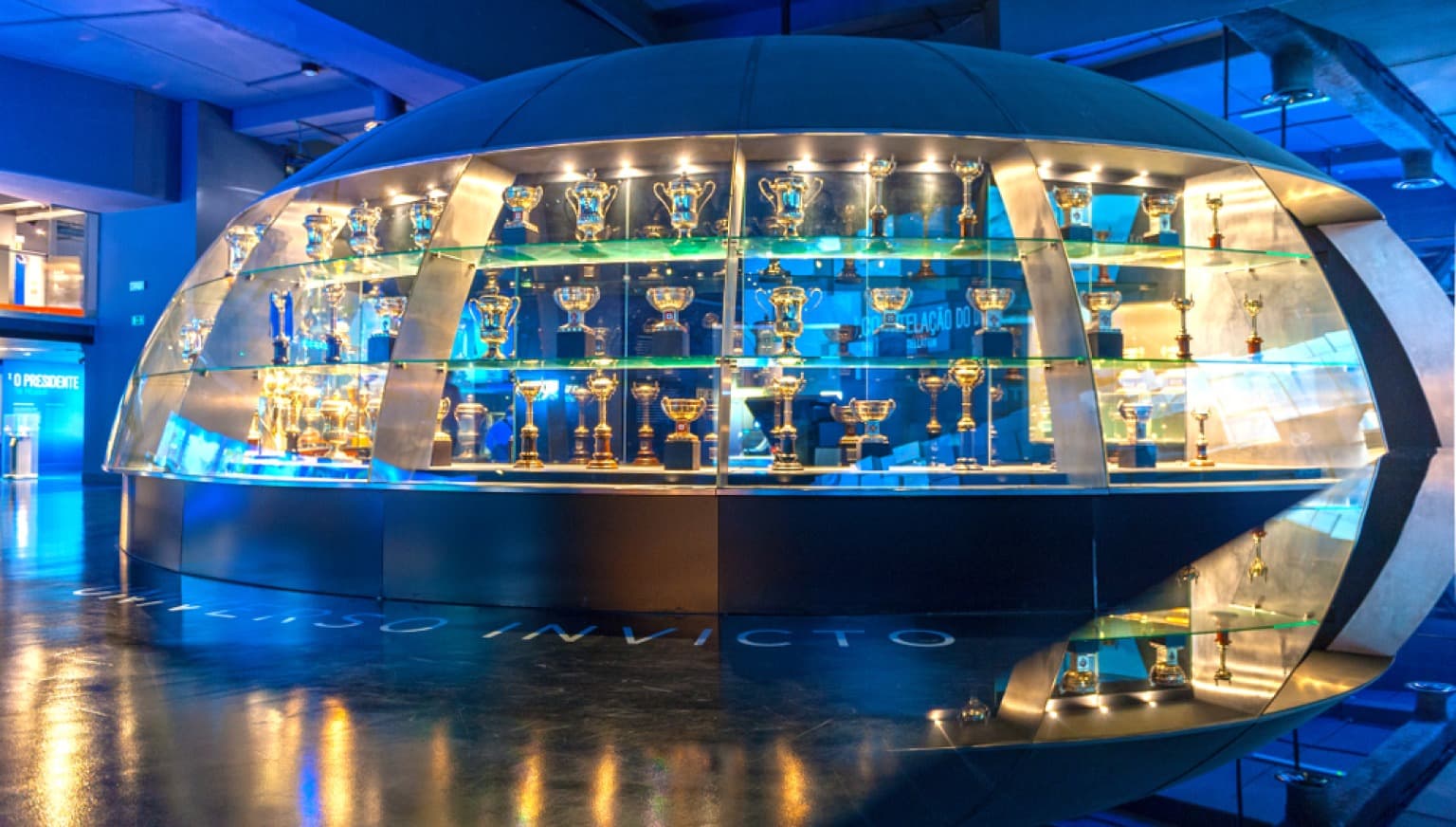Futebol Clube do Porto and Museum
July 18, 2024
Oporto, located in the north of Portugal on the right bank of the Douro River, is the country's second-largest city, with an urban area home to around 1.7 million inhabitants. Throughout its history, this city has been recognized for several reasons, including its Roman roots, its role in the Christian Reconquest during the 11th century, and as the birthplace of Prince Henry the Navigator (in Portuguese, Infante D. Henrique, o Navegador). The city is also known for its involvement in the liberal struggles, the internationalization of Port Wine, its historic architecture, and its UNESCO World Heritage Site status since 1996. In addition to all this, Oporto has also gained more international attention due to football, particularly through one of Portugal's most successful clubs, the Futebol Clube do Porto. In this article, we'll explore more about this renowned football club that has contributed to Oporto's growing prominence.
It was on September 28th, 1893, that this club, at the time called Foot-Ball Club do Porto, was founded through the drive and enthusiasm of a 20-year-old named António Nicolau d'Almeida. This young man, at the time a motivated Port wine merchant, discovered football while traveling through England. It is said that on his return to Portugal, this so-called sportsman, as they used to say in those days, brought some balls with him and an enormous desire to introduce the game to the society of Oporto. A curiosity associated with this date, September 28th, 1893, is that this was also the birthday of King Carlos and Queen Amélia.

Estádio do Dragão, home to FC Porto, is a modern football venue, designed by Manuel Salgado, it seats 50,033 and features a covered roof for all seats.
FC Porto started its first training sessions at Campo do Prado in Matosinhos and played its first match on October 8th, against Clube de Aveiro. The club's first football pitch, Campo da Rua da Rainha, is considered to be the first grass pitch in Portugal. The club remained there from 1906 to 1912 when it was replaced by Campo da Constituição. In 1907, FC Porto became the first Portuguese club to host a foreign club, Real Fortuna de Vigo, and in 1908, the club traveled abroad to Vigo. The infrastructure of the club expanded in the 1950s with the construction of the famous Antas stadium (Estádio das Antas), which was completed in 1952. FC Porto's football success began in the late 1970s and early 1980s with the arrival of its most famous president, Jorge Nuno Pinto da Costa, and the arrival of José Maria Pedroto. Under their leadership, the club achieved significant success. FC Porto, also known as the blue and whites (azuis e brancos) and dragons (dragões), due to the symbol on its emblem, won its first international title in the 1980s and has continued to grow ever since. Today, the club regularly participates in European competitions and has a stadium worthy of its status, the Dragão stadium (Estádio do Dragão), which was initially designed for Euro 2004.

The area showcases over 300 trophies and artifacts from FC Porto, inviting visitors to delve into the club's fascinating history.
When you visit the city of Oporto, it's always a good idea to visit its stadium and museum. Inaugurated on September 28th, 2013, to celebrate the club's 120th anniversary, you'll notice as soon as you arrive in the museum, a bright blue star outside, and inside, you'll see an impressive dragon valkyrie, a work by artist Joana Vasconcelos, which dominates the reception area. The area displays over 300 trophies and other artefacts associated with FC Porto, inviting visitors to explore the club's fascinating history.